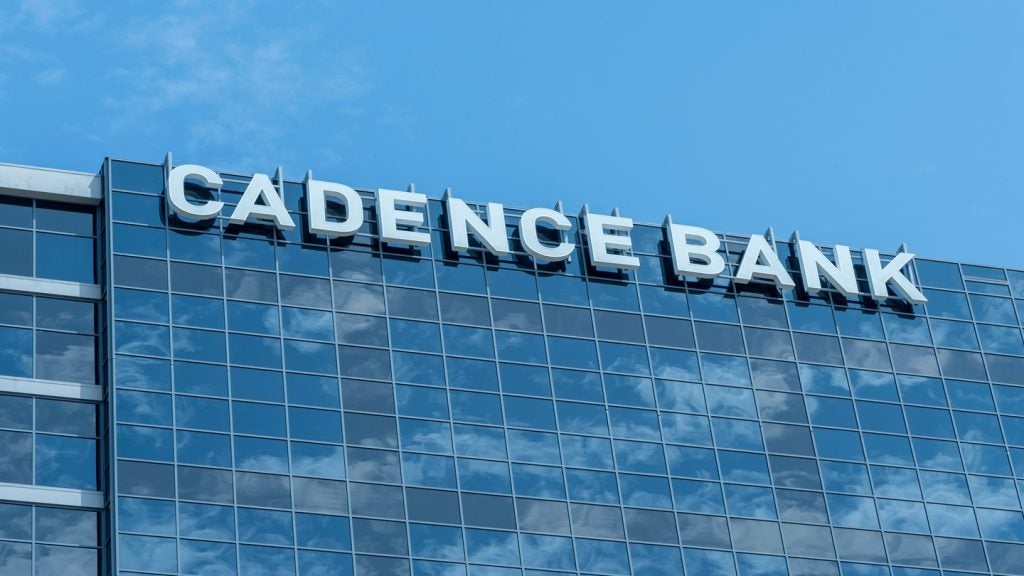Thailand’s banks have had a relatively strong year.
Titien Ahmad talks to
Kannikar Chalitaporn, the president of Siam Commercial Bank, one of
the most retail banking savvy players in the market. Net profit,
return on equity and return on assets were all the highest in the
industry.
Siam Commercial Bank’s annual results are a welcome
change from the current gloom dominating the global banking
industry. Thailand’s third-largest bank saw net profit rise 23.4
percent in 2008 to THB21.4 billion ($611 million).
Bangkok Bank, the kingdom’s largest, saw unaudited net profit
increase by 4.9 percent from THB19.2 billion in 2007 to THB20.3
billion. Kannikar Chalitaporn, the president of Siam Commercial
Bank (SCB), told RBI: “I would let the facts speak for
themselves. SCB had the highest net profit in 2008 in the industry,
as well as the highest ROE and the highest ROA. I would say these
facts affirm that the performance of the bank really stands
out.
“Also, this performance is reflected in the premium our shares
command [both in terms of PE and BV/Share] compared to our peers.
For the second year running, we have the highest market
capitalisation in the industry in Thailand.”
Much of SCB’s success has been attributed to Chalitaporn. She is
a relative newcomer compared to her peers, having joined in 2003 as
head of the retail banking group. In contrast, Apisak
Tantivorawong, the president of Thailand’s second-largest bank,
Krung Thai Bank, has 30 years of banking experience behind him.
Chalitaporn does, however, have 32 years of fast-moving consumer
goods experience in Unilever to leverage on. Although she took
three months to learn banking laws, the policies and culture of a
bank known for its connections with the Thai royal family, she saw
early on that customer service was lacking in the bank’s retail
banking division and started expanding the distribution network by
adding branches and ATMs. SCB now has the largest network of ATM
and branches in the kingdom through an aggressive expansion
strategy. The bank plans to add 60 branches and 970 ATMs, bringing
its network to 1,009 branches and 7,000 ATMs by end-2009.

US Tariffs are shifting - will you react or anticipate?
Don’t let policy changes catch you off guard. Stay proactive with real-time data and expert analysis.
By GlobalDataCustomer and employee engagement in branches was benchmarked
against global peers through third-party Gallup surveys to ensure
consistency in service. Branch managers were moved to the store
front, area managers had to spend time in the weakest not the
best-performing branches and branches in shopping centres were
opened seven days a week like any other retail outlet.
Looking ahead, Chalitaporn feels the biggest challenge “lies in
not just controlling new NPL formation given the sharp economic
downturn, but in also identifying and supporting customers in terms
of new loans”.
She added: “This balance will be based on the soundness of the
underlying business model, the quality of customer management, and
the past track record with us. While we will be prudent, we feel it
is important to keep the door to new credit open.
“Despite the dark clouds there is a silver lining. For the first
time in nearly a decade we find the demand from the blue chip
corporates and large public sector enterprises has returned to the
domestic market. In part, this is due to the inability to obtain
finance at a reasonable rate in the off-shore capital markets and,
in part, it is due to the reduced focus from some of our foreign
bank competitors as they are preoccupied elsewhere.”
She continued: “We are bullish about fee income growth in both
the above segment [for the same reason] and in the retail segment
[particularly, fixed income funds where we lead the local market]
as investors rush to obtain a better yield than bank deposits.”
Aggressive cross-selling tactics
The bank has also been quite aggressive in cross-selling its
products to its customer base. The two core business thrusts for
much of 2008 were a strong push in expanding the business
relationships with the major domestic enterprises and the increased
efforts to cross-sell products to the large pool of retail
customers. Both these strategies have “culminated in a strong
pay-off in 2008 itself and will provide a formidable platform for
future growth.”
However, Chalitaporn believes that there is still room for
further growth. She said: “In the Thai context, I can honestly say
that we have only just begun and are still at the tip of the
iceberg. We are committed to use our recent investments in better
CRM systems to really begin a big push in this area, particularly,
on the retail side.”
This year will also be tougher for Thai banks. Analysts polled
by Reuters Estimates predict 2009 net profit to fall to THB9.5
billion from the THB11 billion expected in 2008. The government has
also cut its 2009 economic growth forecast between 0 percent to 2
percent and banks are expecting a 2009 loan growth of around 5
percent.
Chalitaporn, however, is cautiously optimistic about the near
future.
She said: “Clearly, much of the export sector, selected
manufacturing industries, and commodities will face serious
problems over the year ahead. Inevitably, many organisations in
these segments will struggle to maintain the viability of their
operations – given reducing demand and falling prices.
Concurrently, we expect rising unemployment will create major
social issues for the policy makers.
“That said, the level of credit leverage in the Thai economy as
a whole is relatively modest and asset prices have not really
taken-off, as in many other Association of Southeast Asian Nations
markets, due to the on-going domestic political turmoil over the
past three years. This may help temper the impact of the downturn
on the economy as a whole.”
Given the fires still raging across other global banking
markets, this is the best outlook one can get from a bank chief
this early in the year.







